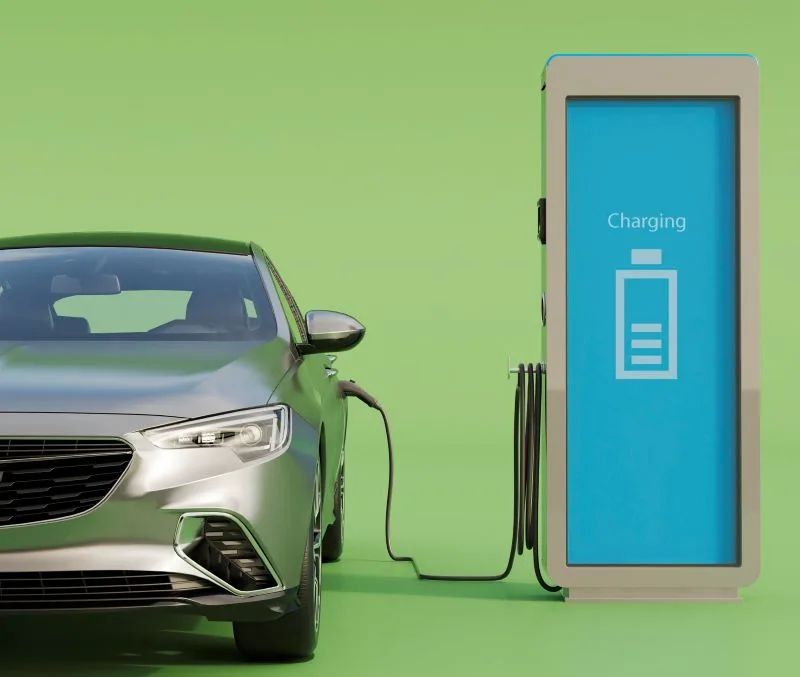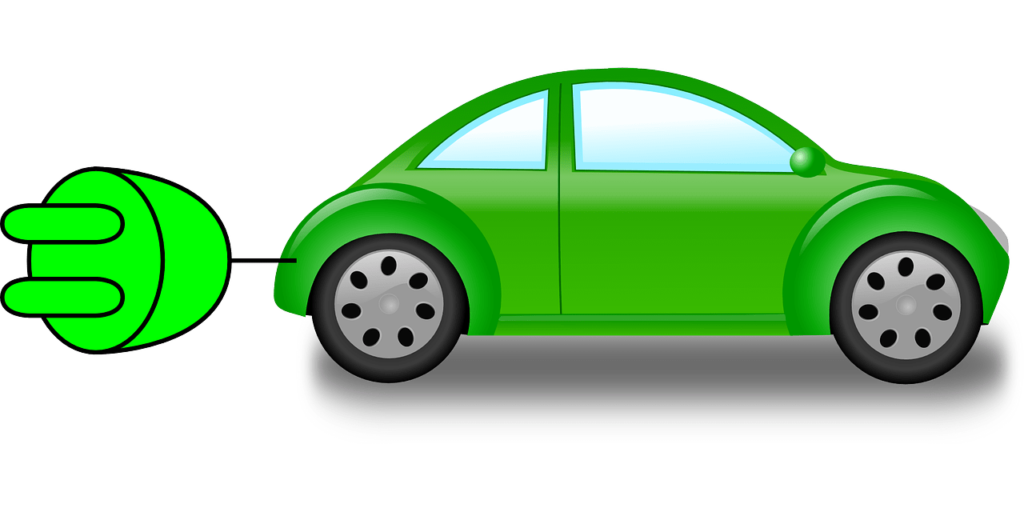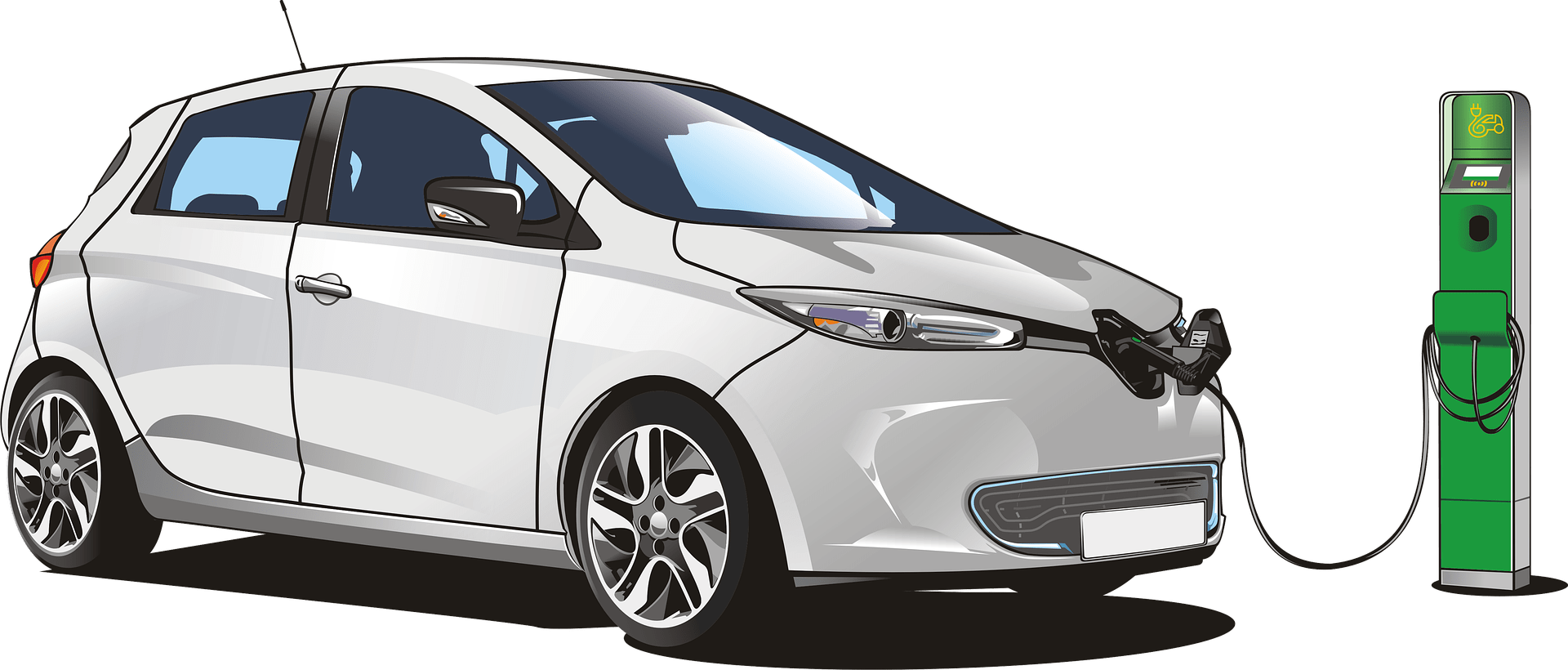Electric vehicles, popularly called EVs, are revolutionizing the world and driving the car market crazy. EVs, improve the air quality at an accelerated rate, creating a green and clean environment. This is because of zero greenhouse gas emissions.
While SI engines (gasoline-powered cars) power 14% to 26% of energy, EVs can produce almost 80% of energy making them more efficient. The EV market is growing because it eliminates fueling up and can easily be plugged in. Many manufacturers like Kia, Nissan, Tesla, etc., have developed this technology and are considered giants in the car industry. EVs are popular among consumers thanks to their cool design, affordability, and efficiency.
What are electric vehicles?
An Electric vehicle, like a car, is an automated car that works on the power of an electric motor. It does not need diesel or petrol to run. Users can operate the car with the drive mode that accelerates the vehicle automatically. These cars don’t require gears due to their fully automatic functionality.
Currently, Tesla dominates the EV market with almost 6.5 million cars sold in 2021. According to Platts Analytics, EV sales are expected to reach 26.8 million by 2030.
Electric vehicles are amazing assets to address serious threats like pollution, natural resource depletion, and global warming. These are categorized into three types by the driving requirements- a plug-in hybrid, all-electric, and fuel cell electric vehicles.

Plug-in hybrid
PHEVs (plug-in hybrid electric vehicles) utilize both IC engines and electric motors to power the vehicle. These cars operate in all-electric, gas-only, and electric-only driving modes. With electric power, PHEVs can cover a distance from 20 to 40 miles without producing tailpipe emissions. After utilizing the electrical range, it uses gasoline fuel for running which produces emissions. For utilizing all-electric mode, PHEVs require a larger battery that can be charged with an electric power source.
All-electric
These vehicles are typically called Evs or battery electric vehicles (BEVs). They use a large battery that powers electric motors instead of using gasoline. Their operating range is between 150 to 400 miles. This range increases with the addition of new models. All-electric vehicles require little to no maintenance and thereby are convenient to use.
All-electric vehicle charging stations are available at workplaces and public places, or you can use a 120 V or 240 V plug at home or a public charging station. These vehicles use DC fast chargers that offer more than 100 miles of range within 30 minutes.
Fuel cell electric
For FCEVs (fuel cell electric vehicles), the power system consists of multiple cells combined into a stack that combines hydrogen gas from the tank with oxygen from the air to create electricity. On a single tank, they’ll drive 300-400 miles, and hydrogen fueling stations allow them to refuel in about five minutes.
How does EV work?
The electric vehicle (EV) runs on an electric motor that is powered by rechargeable battery packs (a set of batteries). Generally, petrol cars are converted to EVs. In that case, the user can recognize them from their silence. The electric vehicles consist of an electric motor, a controller, and a rechargeable battery. Here is a step-by-step method of EV operation.
- The electric motor is powered by a controller that receives its power through a rechargeable battery.
- The EV utilizes a set of batteries to supply power to the motor.
- Then, the motor rotates a transmission that turns the wheels with the voltage obtained from batteries.
- Later, electric energy is transformed into mechanical energy that moves the vehicle.
- The accelerator pedal connected to a potentiometer, instructs the controller how fast to accelerate. When the accelerator is fully pressed, it gives the maximum output, and when released it gives 0 v.
There are three vital components of EV:
- Electric motor: It gathers power from the controller and starts the transmission system that turns the wheels and drives the vehicle.
- Rechargeable battery: A battery pack contains 16 modules with 48 cells. These cells are arranged in parallel, while modules are arranged in series.
- DC controller: It powers the motor by extracting energy through the battery pack. It transfers zero power when the vehicle is idle, at full power in driving mode, or in between any power levels.
Challenges associated with EVs
The evolution of EVs is bringing out some challenges that need attention.
Economic factors
- EVs require a high initial investment that increases the overall price of the vehicle. Thus, the selling price of EVs is much higher than conventional ICE vehicles. Promoting EVs in the market is also crucial that influences the economy of the country. China is the second-largest economy in the world and is aimed at promoting EVs at a much faster rate than other nations.
- EV charging is available at public, semi-public, and private charging stations. These infrastructures require a high capital cost. Due to their low profitability and adoption, economic performance is heading a slow curve. Several factors like the number of EVs, charging stations, electricity, location, operation and maintenance cost, etc., impact the performance of public infrastructure. To overcome this problem, locate charging stations at strategic locations where they will be easily accessible. With the rise of smart cities, the demand for EVs will rise to make charging stations profitable.
- One of the most significant issues is the cost of batteries. With the advanced processes and expensive materials, batteries are getting expensive. Mostly, Li-ion batteries are used that contain the crucial element cobalt. This element is extracted from mines which poses threat to the mineral reserves of the world. The extraction of cobalt is also associated with child labor. Cobalt is mined in the Democratic Republic of Congo (DRC) for two-thirds of the world’s supply. Here, children are often employed with adults in artisanal mining which raises ethical and economic concerns.
Technological aspects
- The energy storage system in EV stores and delivers power to the vehicle. It requires high-grade materials to prevent corrosion and to ensure high performance. This system needs recharging after the end of each life cycle. Another problem is related to its cost and size. The expense of the energy storage system is high as it involves the material cost, packaging, power conversion, operation, maintenance, etc.
- In EVs, Li-ion batteries should be protected from overcharging and over-discharging to avoid increasing temperature. This leads to safety concerns such as swelling, thermal runaway, electrolyte fire, and explosions. Hence, the application of Li-ion batteries requires further research on the thermal effects under various circumstances.

Environmental impact
The usage of electric vehicles is proving to be environmentally friendly. EV charging, however, emits greenhouse gases that result in global warming. Nevertheless, the disposal of electrochemical batteries and the processing and production of energy storage systems can lead to respiratory, pulmonary, and neurological diseases. Therefore, safety measures are of utmost importance. Electrical power generation can also have a detrimental effect on the environment. The electricity consumed by EV charging stations is generated by local power grids, which emit large amounts of carbon dioxide into the atmosphere during electricity generation.
To deal with this challenge, adopting green energy resources would be helpful for maintaining the ecological balance.

A global perspective on EV
The market share of EVs in the industry has been expanding swiftly due to rich investment over the past few years, making them predicted to be the future of transportation. EV adoption is expected to rise exponentially as mass-market diffusion happens, along with price reductions due to economies of scale. Huge demand will allow more investment in R&D, resulting in a faster global EV transition. According to the International Energy Agency (IEA), EV stock will grow to 130 million globally by 2030. While on the other hand, EV sales are estimated to jump by an average of 24% throughout the projection period.




[…] Google, Walmart, Intel, Cisco, etc. There will soon be a massive need for renewables to charge Electric Vehicles. China is currently the biggest investor in renewables in the […]
[…] is already a giant in the electric vehicle market. Tesla’s Autopilot is conditional automation with easy navigation within a lane and in a […]
[…] semiconductor industry is the foundation of modern electronics. Whether smartphones or laptops, electric cars roving the roads, or planes flying overhead, semiconductors facilitate the working of these amazing […]
[…] blockchain applications, electric vehicle (EV) owners can share their private EV chargers with those who need them to trade power. They can do so […]
[…] our article on the global impact of Electric vehicles on the automobile industry to know about this […]
[…] the status of Electric vehicles is of prime importance in the automotive industry. With several automakers investing in electric […]